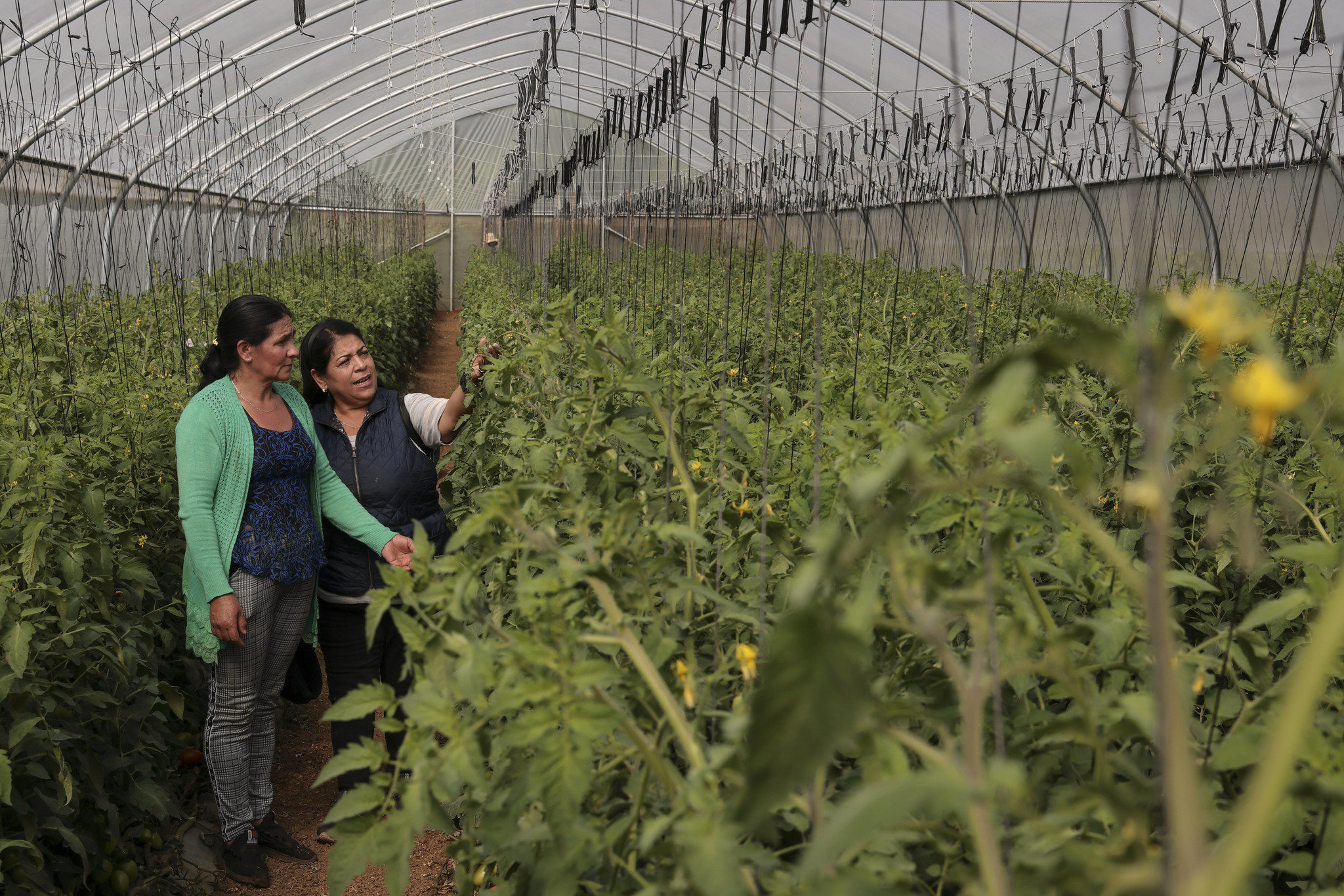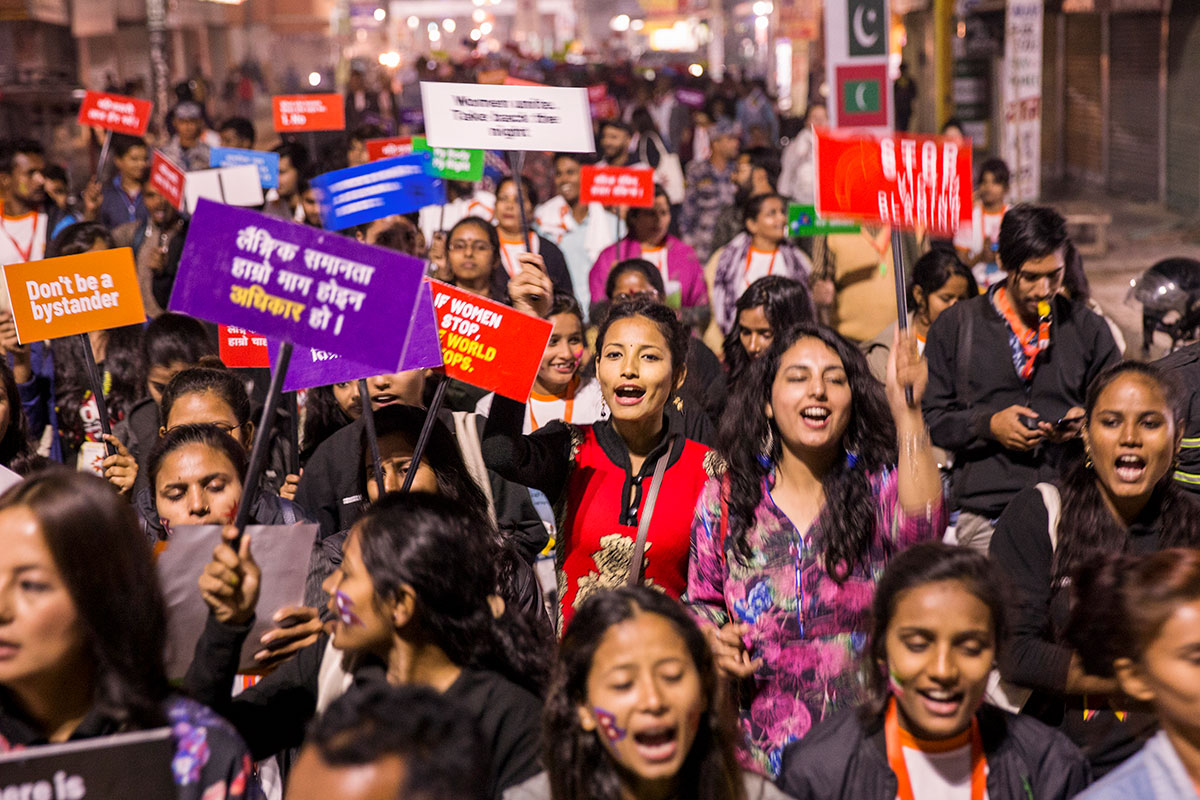
- 2022
- 2023
- 2024
Outcome 2: Financing for gender equality
Public and private financing advance gender equality through gender responsive financing policies, strategies and instruments.
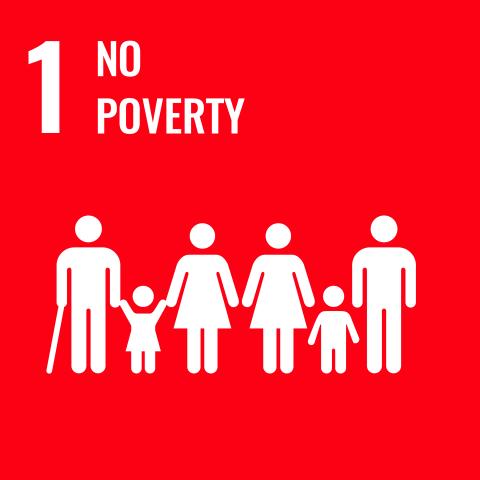
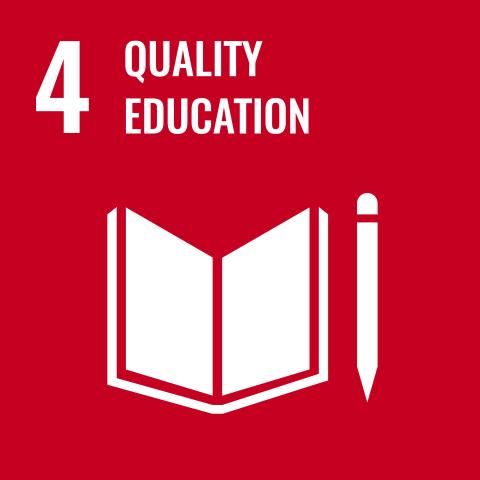
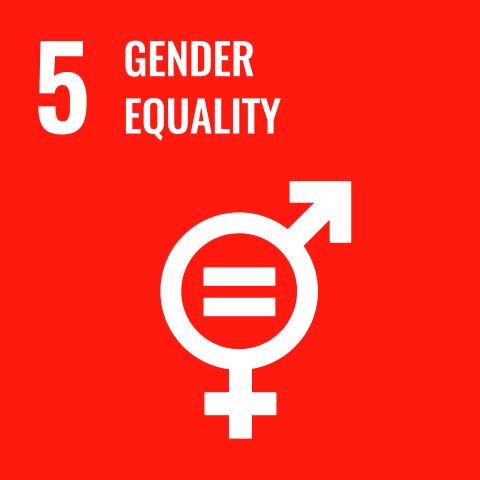
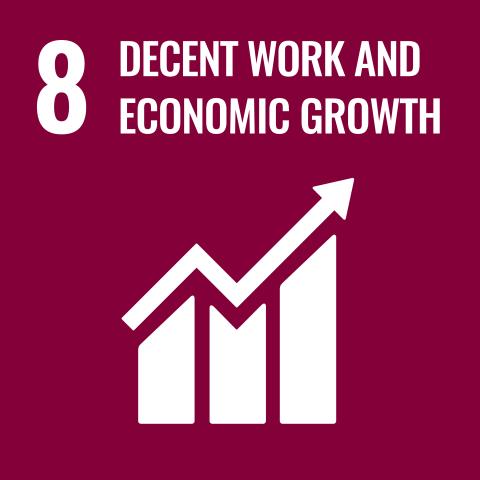
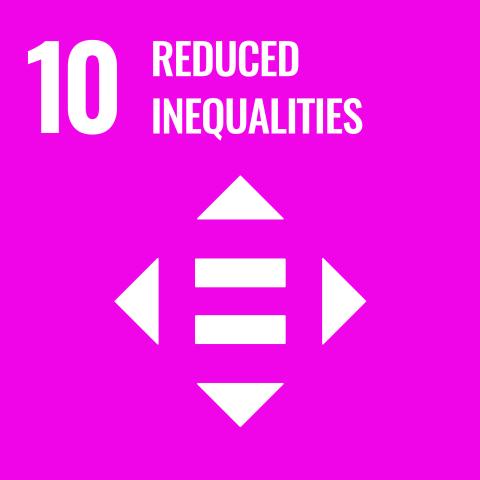
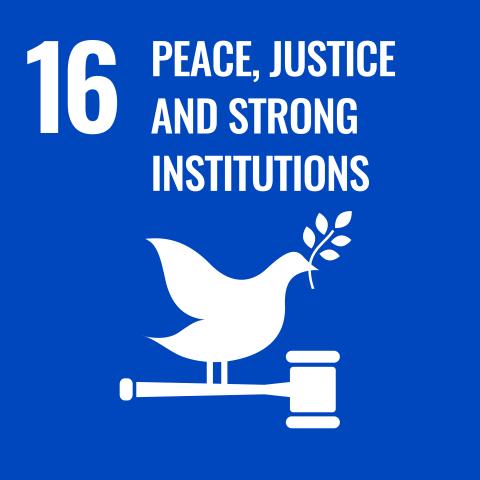
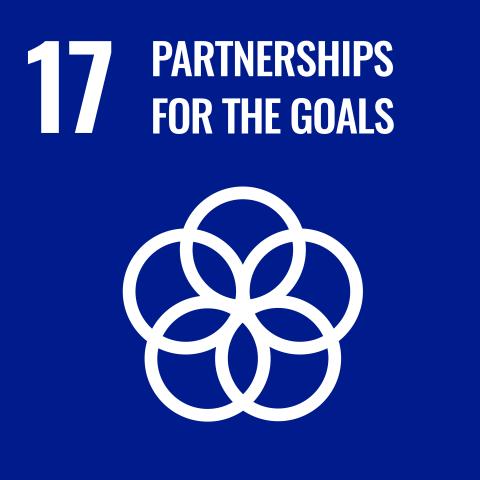
Key achievement
in 53 countries now have strengthened capacities to apply newly-obtained knowledge and technical skills to effectively mainstream gender into fiscal laws, policies and standards, in areas including taxation, trade and decentralization
Financial flows (expenses) in 2023 towards impact areas and systemic outcomes
Find out where UN Women's resources come from, where they go and how they are changing the lives of women and girls.
come from Recipient regions Where resources go Impact areas What resources are
spent on Systemic outcomes Which results are
delivered
Outcome indicators in 2023
UN Women is the custodian of this SDG indicator. The relevant SDG Target is to ‘Adopt and strengthen sound policies and enforceable legislation for the promotion of gender equality and the empowerment of all women and girls at all levels’.

Complementary indicators are identified as those in the results framework that are not repeated verbatim in the results framework of another United Nations entity, but are related or provide different but complementary lenses or insights into the same issue, high-level result and/or area of complementary work, such as a Sustainable Development Goal target.
Complementary
The data source and methodology have been established based on changed data availability. The baselines, milestones and targets for 2024 and 2025 will be revised as part of the Mid-Term Review.
Output indicators in 2023
Complementary indicators are identified as those in the results framework that are not repeated verbatim in the results framework of another United Nations entity, but are related or provide different but complementary lenses or insights into the same issue, high-level result and/or area of complementary work, such as a Sustainable Development Goal target.
Complementary
Complementary indicators are identified as those in the results framework that are not repeated verbatim in the results framework of another United Nations entity, but are related or provide different but complementary lenses or insights into the same issue, high-level result and/or area of complementary work, such as a Sustainable Development Goal target.
Complementary

Disclaimer and notes
References to Kosovo shall be understood to be in the context of United Nations Security Council resolution 1244 (1999).



